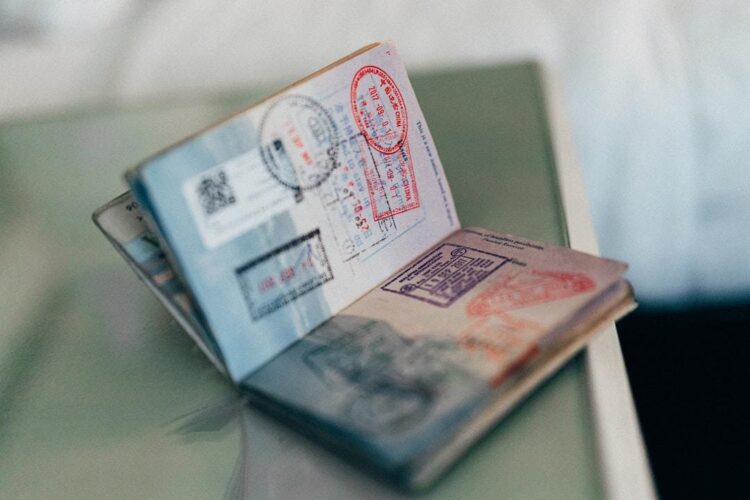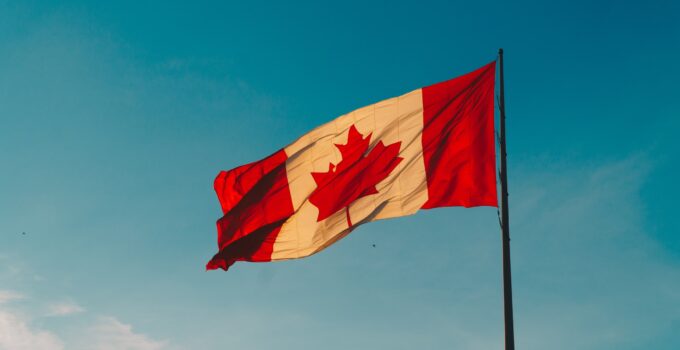Congratulations! You’re moving to the Great White North. Taking the leap to Canada can be the most exciting and rewarding experience you go through in your lifetime. However, it will take a lot of work and effort to make it happen. Here are five essential tips to help prepare you for your big move to Canada.
Page Contents
1. Submit your visa paperwork

The most important task on this list is to find out if you need to apply for a Canadian citizenship certificate (or visa) and how. Download the application package from the Canadian government’s website and fill out all the forms included in it. Submit the paperwork per the provided instructions and request an ETA on processing. In Canada, you can apply for citizenship by different means like being a skilled worker, being self-employed, or having family sponsorship, among other options.
Also, be aware of any COVID-19 restrictions and regulations you may have to comply with when entering the country. This can include presenting a negative COVID-19 test result taken 72 hours before your departure.
2. Choose the best online bank

img source: unsplash.com
Choosing the online bank or financial institution that best fits your banking needs requires time and a lot of patience. Online banking eliminates the need for making queues and expedites money-wiring processes when implemented via mobile apps or website portals. Luckily for us, Wealth Rocket, a website that helps individuals manage their personal finances, has already compiled a list of the wealthrocket best online banks in Canada and they include:
- Tangerine: High interest rates, full banking services, exceptional customer service.
- EQ Bank: High-interest savings account, affordable overseas transfers, GICs, linkability to other banks.
- Scotiabank: Incentives, checking accounts, unlimited transactions, competitive interest rates, mobile app.
So whether you’re looking for low bank fees, low annual fees, and monthly fees, higher interest rates, credit cards, or debit cards, the best Canadian online bank is waiting for you. You simply need to establish what your banking needs are—even considering customer service and ATM availability—prior to opening a bank account.
3. Familiarize yourself with the healthcare system

img source: unsplash.com
Canada offers its citizens and permanent residents universal healthcare that’s funded through taxes which will cover most of your medical expenses. You will be presented with alternating healthcare plans depending on the province you live in.
Also, you will be given a healthcare card specific to your province, which will have to be shown anytime you require medical attention. Be sure to apply with a lot of time in advance because it can take at least three months for your application to be approved.
4. Find a place to live

img source: unsplash.com
The next tip on this list is to find your perfect home—or at least a place you can stay while you find your best pick. Canadians have access to many of the same home search mobile apps available in the United States such as Redfin, Realtor, and Zillow. It also has local apps such as Zoocasa. To find your perfect home, you should consider if you prefer the countryside, coast, or big cities filled with cafes. Additionally, you should consider if you want to live in a house, condo, or apartment. Lastly, you should develop an expense plan that fits your budget prior to signing any contracts.
Generally, the cost of living in Canada is higher than in the United States. However, it can vary between provinces. In Montreal, for example, rent can cost 1,290 CAD (1,031 USD) for a 1-bedroom apartment in the downtown area. Meanwhile, the same type of housing can cost around 2,237 CAD in Toronto. It all depends where you want to settle.
5. Update your résumé

img source: unsplash.com
Finding a job is not going to be as easy in Canada if you haven’t updated your résumé to the Canadian template. This includes molding your résumé for your job role, keeping it short and simple, including any work you did as a volunteer, your social media handles, and using headings to separate sections. Ensuring that you have the right résumé increases the chances of landing you the right job.
Organizing yourself is key when moving to a foreign country, but never underestimate the time it will take to prepare to move and to face any unexpected events along the way. The Great White North awaits.
According to CNBC, $1 in the United States will currently buy you $1.34 in Canada. Per Numbeo, the world’s largest database of user-contributed data about cities and countries worldwide, the overall cost of living in Canada is 8.71 percent lower than that of the overall cost of living in the United States. The website notes that, on average, the rent in Canada is 27.94 percent lower than in the United States. Consumer prices, restaurants prices, and grocery prices are all lower in Canada as well, according to Numbeo.
But remember – it’s all relative. Numbeo also points out that the average monthly disposable income (after-tax) in the United States is $2,884.09 compared to Canada’s $2,138.67. At the time that this article was written, the unemployment rate in the United States was only 4.9 percent, while the unemployment rate in Canada was 6.8 percent. So while Canada may have a lower cost of living overall, it’s important to keep other factors like average income and unemployment rates in mind.





